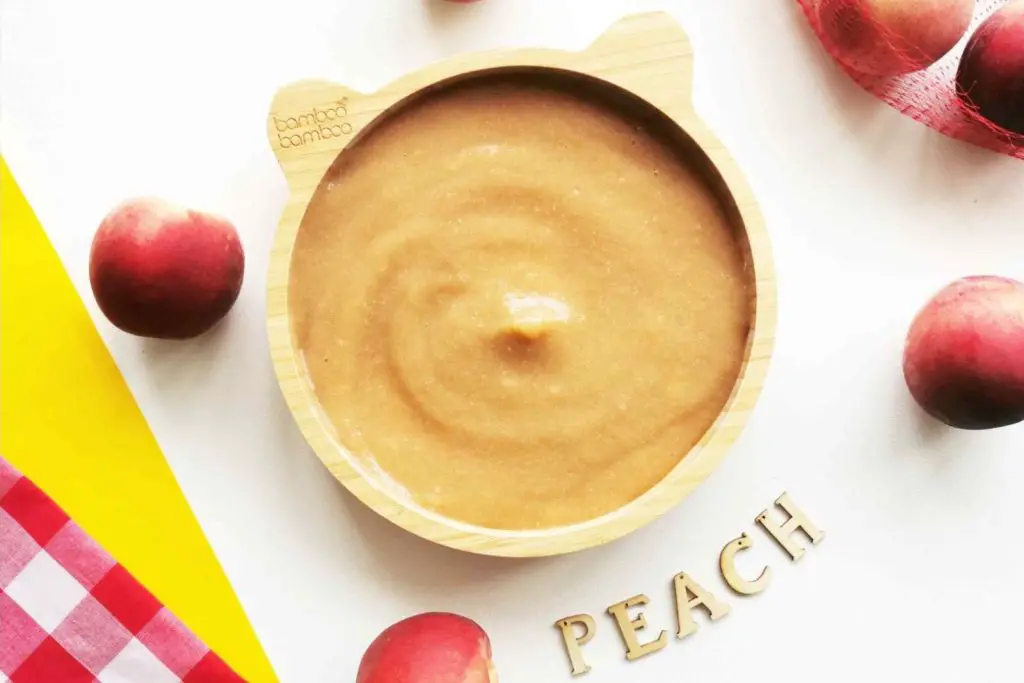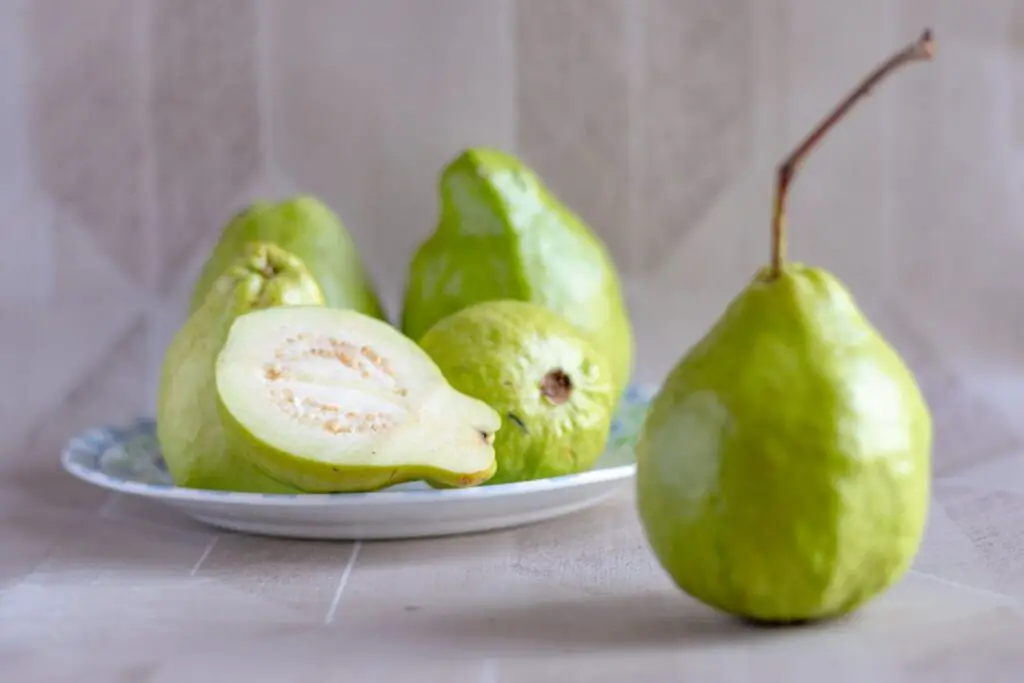
Sour cherries, known for their tangy and vibrant flavor, are a beloved summer fruit that can be enjoyed in various culinary creations. However, their short harvest season often leaves us craving their unique taste throughout the year. Thankfully, by freezing sour cherries, we can preserve their freshness and enjoy their delightful flavor even when they are out of season. In this guide, we will explore the process of freezing sour cherries, from selecting the perfect cherries to preparing and packaging them for long-term storage. Get ready to unlock the secret to enjoying the essence of sour cherries all year round.
Here are the simple steps to freeze sour cherries:
Step 1: Select the Perfect Sour Cherries
When it comes to freezing sour cherries, selecting the right cherries is essential to ensure the best results. Here’s a breakdown of why choosing ripe, firm sour cherries free from blemishes and signs of spoilage is crucial, along with the recommendation to opt for slightly under ripe cherries.
- Ripe and Firm Cherries: Choosing sour cherries that are ripe and firm is important because they will have reached their peak flavor and texture. Ripe cherries will be sweeter and more flavorful, enhancing your frozen creations. Additionally, firm cherries will hold their shape better during the freezing process, ensuring that they don’t become mushy or lose their integrity.
- Blemish and Spoilage-Free: It’s vital to examine the cherries carefully and avoid any that show signs of blemishes or spoilage. Blemishes could indicate the presence of mold or rot, which can affect the quality and taste of the frozen cherries. By selecting cherries that are free from any visible imperfections, you can ensure a higher-quality end product.
- Slightly Under Ripe Cherries: While it’s tempting to choose fully ripe cherries, opting for slightly under ripe ones is recommended for freezing purposes. Sour cherries that are slightly under ripe tend to have a firmer texture, making them more resilient to the freezing and thawing process. They will retain their shape and texture better, allowing you to enjoy a more satisfying bite when you use them in recipes after thawing.
By carefully selecting ripe, firm sour cherries that are free from blemishes and choosing slightly under ripe cherries, you set a solid foundation for successful freezing. These steps ensure that the frozen cherries will maintain their flavor, texture, and overall quality, allowing you to enjoy the delightful taste of sour cherries throughout the year.
Step 2: Prepare the Sour Cherries
This involves a few essential tasks to ensure the cherries are clean, dry, and free from any unwanted parts. Here’s an explanation of each step involved in preparing the cherries for freezing:
- Washing the Cherries: Begin by washing the sour cherries under cool running water. This step is crucial to remove any dirt, debris, or residue that may be present on the surface of the fruit. Gently rub each cherry between your fingers to ensure thorough cleaning. It’s important to use cool water as hot water can cause the cherries to soften or lose their texture.
- Drying the Cherries: After washing, it’s essential to pat the cherries dry. Excess moisture can lead to the formation of ice crystals during freezing, which can affect the quality and texture of the cherries. Use a clean kitchen towel or paper towels to gently absorb the water from the cherries. Take care to be gentle, as sour cherries are delicate and can easily become damaged.
- Removing Stems and Pits: Once the cherries are washed and dried, it’s time to remove the stems and pits. This step ensures that you have clean, pit-free cherries ready for freezing. There are two common methods to remove the stems and pits:
- Cherry Pitter: A cherry pitter is a handy tool specifically designed for removing pits from cherries. It allows you to quickly and efficiently remove the pits without damaging the fruit. Simply place the cherry in the pitter, squeeze the handles, and the pit will be removed.
- Small Knife: If you don’t have a cherry pitter, you can also use a small knife to remove the pits. Make a small incision around the stem area and carefully cut around the pit, twisting the cherry slightly to loosen the pit. Gently pry the pit out, being careful not to cut or damage the cherry in the process.
By preparing them for freezing you ensure that the sour cherries are clean, dry, and free from stems and pits before freezing. This preparation process helps maintain the quality and integrity of the cherries throughout the freezing and thawing process, allowing you to enjoy their delicious taste when you use them in various recipes later on.
Should I wash sour cherries in vinegar before freezing?
Washing sour cherries in vinegar before freezing is not necessary. While some sources suggest using a vinegar solution to remove pesticides or bacteria, the risk of contamination on fresh cherries is generally low. However, it is recommended to wash sour cherries with cool water to remove any dirt or debris before freezing, ensuring they are thoroughly dried to prevent excess moisture during the freezing process.
Step 3: Flash Freeze
Flash freezing is a technique used to freeze individual pieces of food quickly, preventing them from sticking together and forming a solid clump. This method is particularly useful when freezing sour cherries, as it helps maintain their shape and allows for easy portioning. Here’s an explanation of the steps involved in the flash-freezing process:
- Preparing the Baking Sheet: Start by lining a baking sheet with parchment paper or a silicone mat. This step ensures that the cherries won’t stick to the surface of the sheet during freezing. The non-stick properties of parchment paper or silicone mats make it easier to remove the frozen cherries later on without any damage or difficulty.
- Spreading Cherries in a Single Layer: Take the prepared cherries and spread them out in a single layer on the lined baking sheet. Make sure the cherries are evenly spaced and not touching each other. This arrangement allows for proper airflow around each cherry during freezing, ensuring that they freeze individually and maintain their distinct shape.
- Freezing the Cherries: Once the cherries are arranged on the baking sheet, place the sheet in the freezer. Allow the cherries to freeze for approximately 2-3 hours or until they are firm. The exact freezing time may vary depending on the temperature of your freezer and the size of the cherries. It’s important to ensure that the cherries are completely frozen before moving on to the next step.
Flash-freezing the cherries individually on a baking sheet has several benefits. It prevents the cherries from clumping together, making it easier to portion out the desired amount when you want to use them later. Additionally, freezing the cherries individually helps maintain their texture and prevents them from sticking together, ensuring each cherry retains its shape and flavor.
By following the flash freezing method, you can freeze sour cherries in a way that preserves their individuality and allows for convenient usage in recipes. Once the cherries are fully frozen, you can proceed to package them for long-term storage, knowing that they will remain separate and easy to work with when thawed.
Step 4: Pack to Freeze
Proper packaging is crucial to maintain the quality and prevent freezer burn when freezing sour cherries. Here’s an explanation of the steps involved in packaging the frozen cherries:
- Choosing Airtight Freezer Bags or Containers: Transfer the frozen cherries from the baking sheet into airtight freezer bags or containers. Airtight packaging helps prevent air and moisture from entering, which can lead to freezer burn and deteriorate the quality of the cherries over time. Freezer bags or containers specifically designed for freezing are recommended, as they provide better insulation and protection.
- Squeezing out Excess Air: Before sealing the bags or containers, squeeze out as much air as possible. Excess air inside the packaging can contribute to freezer burn and affect the texture and taste of the cherries. Press the bags gently to remove the air, or if using containers, ensure that they are tightly sealed to minimize the air space.
- Labeling with Date of Freezing: It’s important to label the bags or containers with the date of freezing. This step helps you keep track of the cherries’ storage time and ensures you can easily identify the oldest ones when using them later. Use a waterproof marker or labels to write the date clearly on each package.
When storing the packaged frozen cherries, it’s recommended to place them in the coldest part of the freezer. This helps maintain a consistent and optimal freezing temperature, further preserving the quality of the cherries for an extended period.
Step 5: Freeze and Store in the Freezer
After properly packaging the sour cherries, it’s time to place them back in the freezer for long-term storage. Here’s an explanation of the steps involved in freezing and storing the cherries:
- Returning to the Freezer: Once the bags or containers of sour cherries are sealed and labeled, place them back into the freezer. It’s important to ensure that the freezer is set to the coldest temperature possible to maintain the quality and freshness of the cherries.
- Storing in the Coldest Part of the Freezer: To further preserve the cherries, it’s recommended to store them in the coldest part of the freezer. The coldest section is usually at the back or bottom of the freezer. Placing the cherries in this area helps maintain a consistent temperature, minimizing temperature fluctuations that can affect the quality of the cherries.
- Shelf Life and Best Usage Time: Frozen sour cherries can generally be stored for up to 10-12 months without significant loss of quality. However, for the best flavor and texture, it’s recommended to use them within 6 months of freezing. Beyond this period, the cherries may begin to deteriorate in quality and may not taste as fresh.
By freezing and storing the sour cherries, you can enjoy their delicious flavor and vibrant taste even after the peak season has ended. Proper freezing and storage techniques help maintain the quality, texture, and taste of the cherries, allowing you to enjoy their tangy sweetness in a variety of recipes throughout the year.
Step 6: Thaw the Frozen Sour Cherries
When the time comes to use your frozen sour cherries, proper thawing ensures they retain their flavor and texture. Here’s an explanation of the methods to thaw the cherries and how to use them afterward:
- Thawing in the Refrigerator: The easiest and recommended method for thawing frozen sour cherries is to transfer the desired amount of cherries from the freezer to a bowl and let them thaw in the refrigerator overnight. This slow thawing process allows the cherries to defrost gradually while maintaining their integrity and minimizing the loss of juices. Thawing in the refrigerator also helps prevent any potential growth of bacteria that could occur if the cherries are left at room temperature for an extended period.
- Thawing at Room Temperature: If you need to use the cherries sooner and don’t have enough time to thaw them overnight in the refrigerator, you can thaw them at room temperature for a few hours. Place the frozen cherries in a bowl and leave them at room temperature. However, it’s important to monitor the cherries closely to ensure they don’t become overly soft or start to lose their shape due to rapid thawing. This method is best suited when you need to use the cherries immediately after thawing.
Here are some ideas for using thawed sour cherries:
Baking
Thawed sour cherries are perfect for adding a burst of tangy flavor to baked goods such as pies, tarts, cakes, muffins, or cobblers.
Desserts
Use thawed sour cherries to make delicious desserts like cherry sauces, compotes, or toppings for ice cream, yogurt, or cheesecake.
Smoothies and Drinks:
Blend thawed sour cherries into smoothies or use them to make refreshing cherry-infused beverages.
Sauces and Syrups
Cook thawed sour cherries down to make flavorful sauces or syrups that can be used in both sweet and savory dishes.
Remember to drain any excess liquid that accumulates during the thawing process, as this can affect the texture and consistency of your recipes.
Other related questions
Can you refreeze sour cherries?
No, it is generally not recommended to refreeze sour cherries after they have been thawed. Freezing and thawing cherries can affect their texture and quality, and refreezing them can further degrade their taste and texture. It is best to use thawed cherries promptly or store them in the refrigerator for a short period rather than refreezing them.
How do I know if the sour cherries have gone bad after being frozen?
After being frozen, sour cherries may develop signs of spoilage if they have gone bad. Look for visual indicators such as mold, discoloration, or an off-putting odor. If the cherries appear mushy, slimy, or have an unusual texture, it is best to discard them to avoid any potential health risks.
Can you freeze raw and cooked sour cherries?
Yes, both raw and cooked sour cherries can be frozen for long-term storage. Freezing raw sour cherries helps retain their natural flavors and textures, while freezing cooked sour cherries allows you to preserve the flavors of any added ingredients or spices. When freezing raw sour cherries, it’s advisable to wash, dry, and put them before placing them in airtight freezer bags or containers. For cooked sour cherries, allow them to cool completely before freezing in suitable freezer-safe packaging. Thawed raw or cooked sour cherries can be used in a variety of recipes, such as desserts, sauces, or beverages.
Are frozen sour cherries safe?
Yes, frozen sour cherries are generally safe to eat. Freezing helps maintain the safety and quality of sour cherries by preventing the growth of harmful bacteria. However, it is crucial to handle and store them properly, ensuring they are kept at a consistent freezing temperature and are not exposed to conditions that could compromise their safety. Thawed frozen sour cherries should be handled and consumed following standard food safety guidelines to minimize any potential risks.








